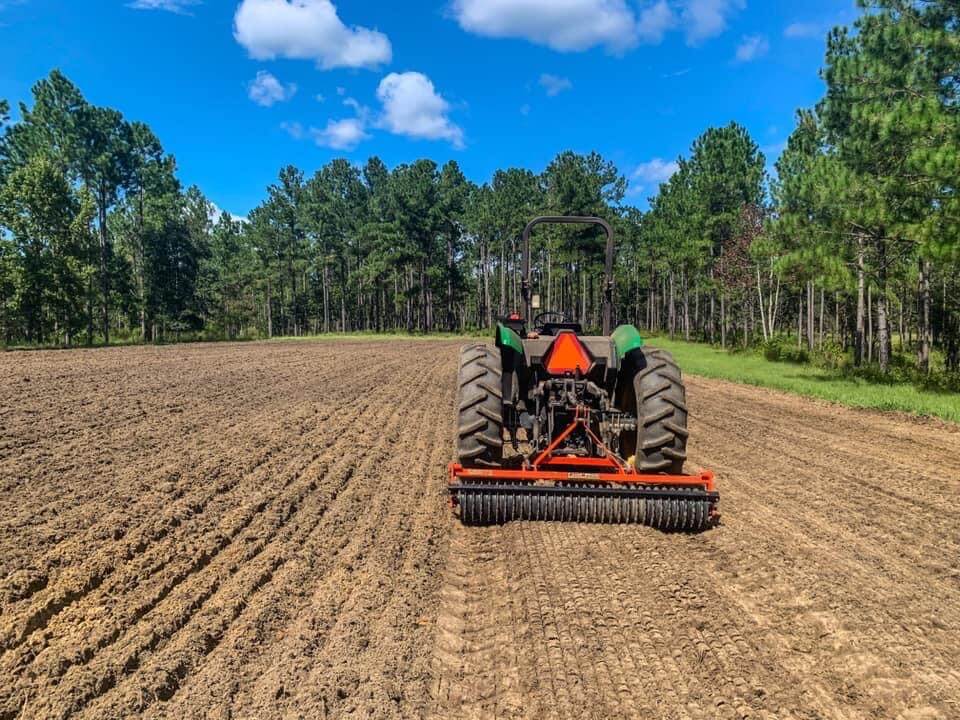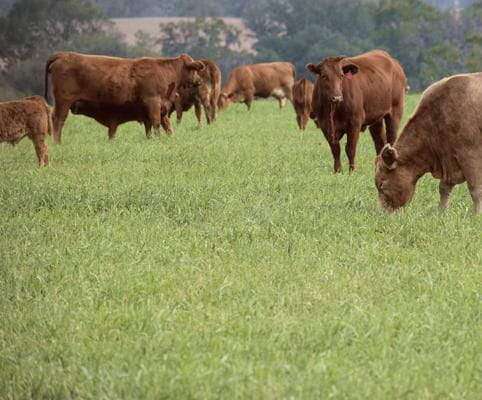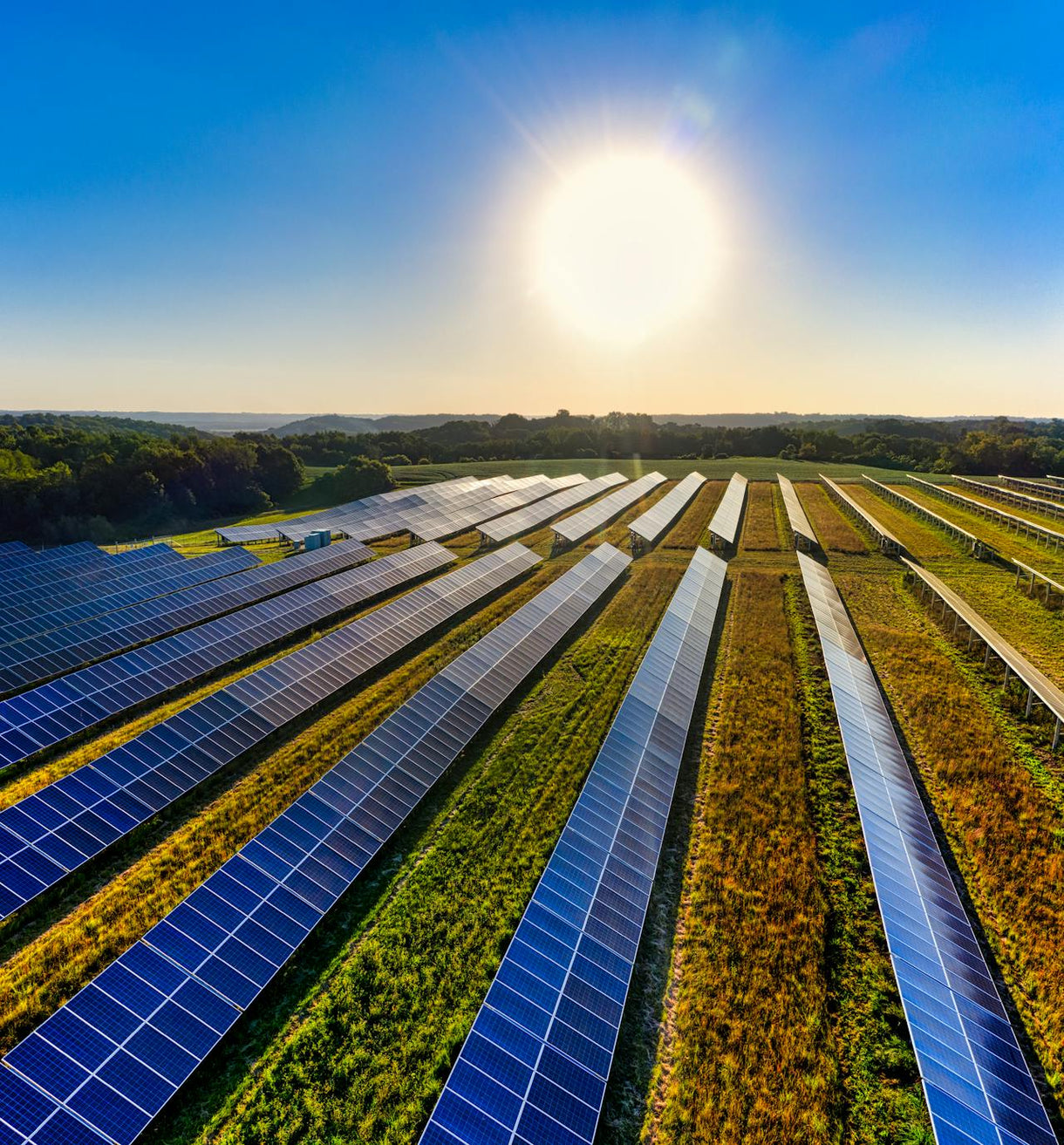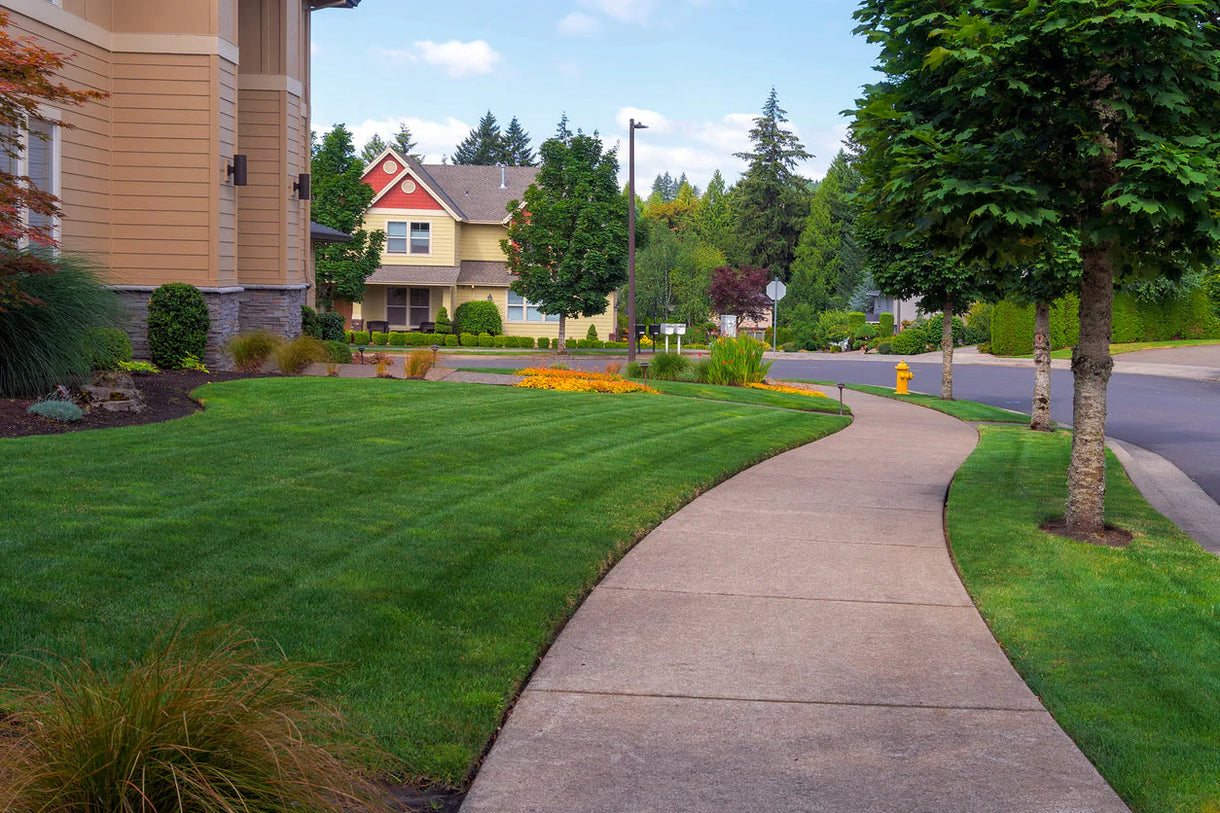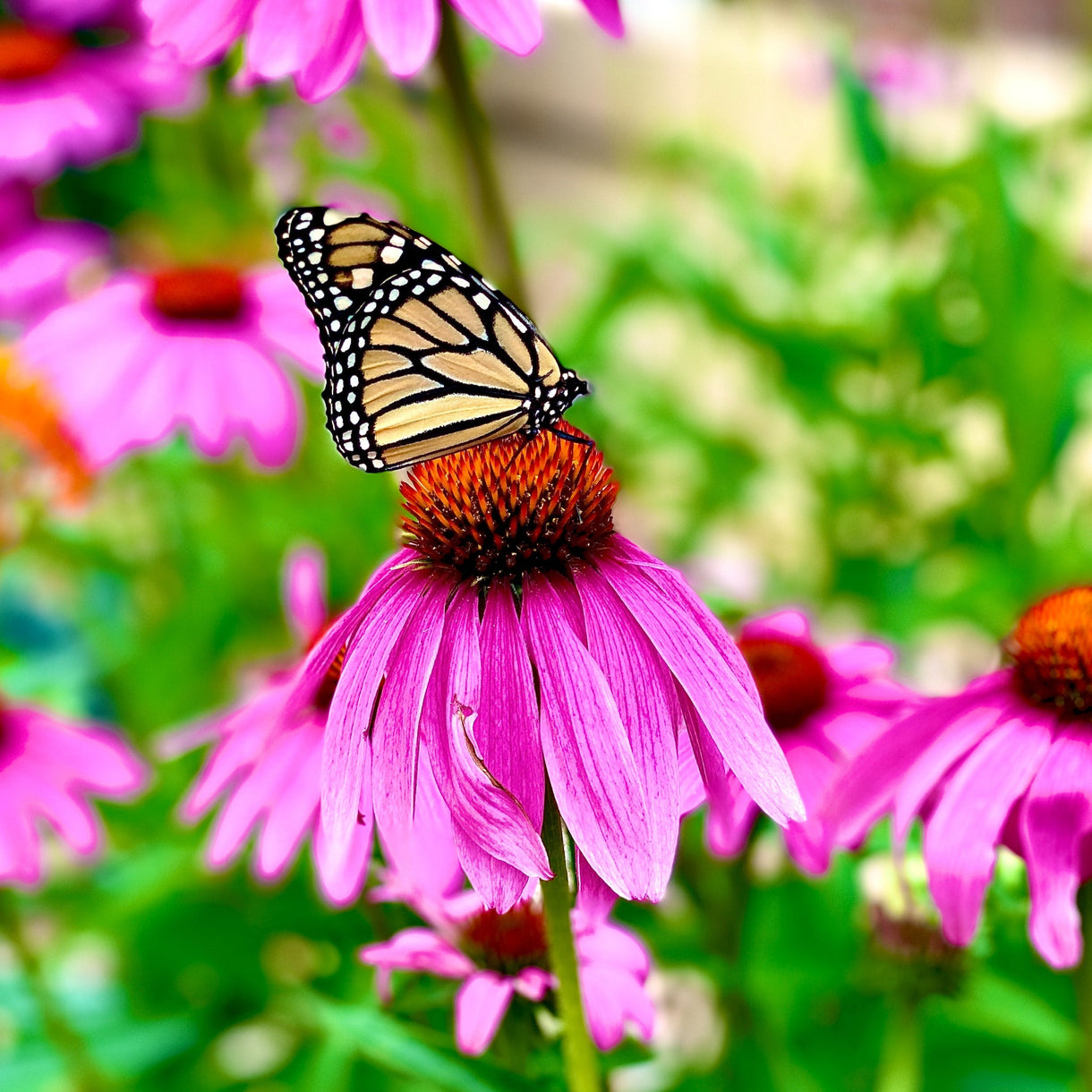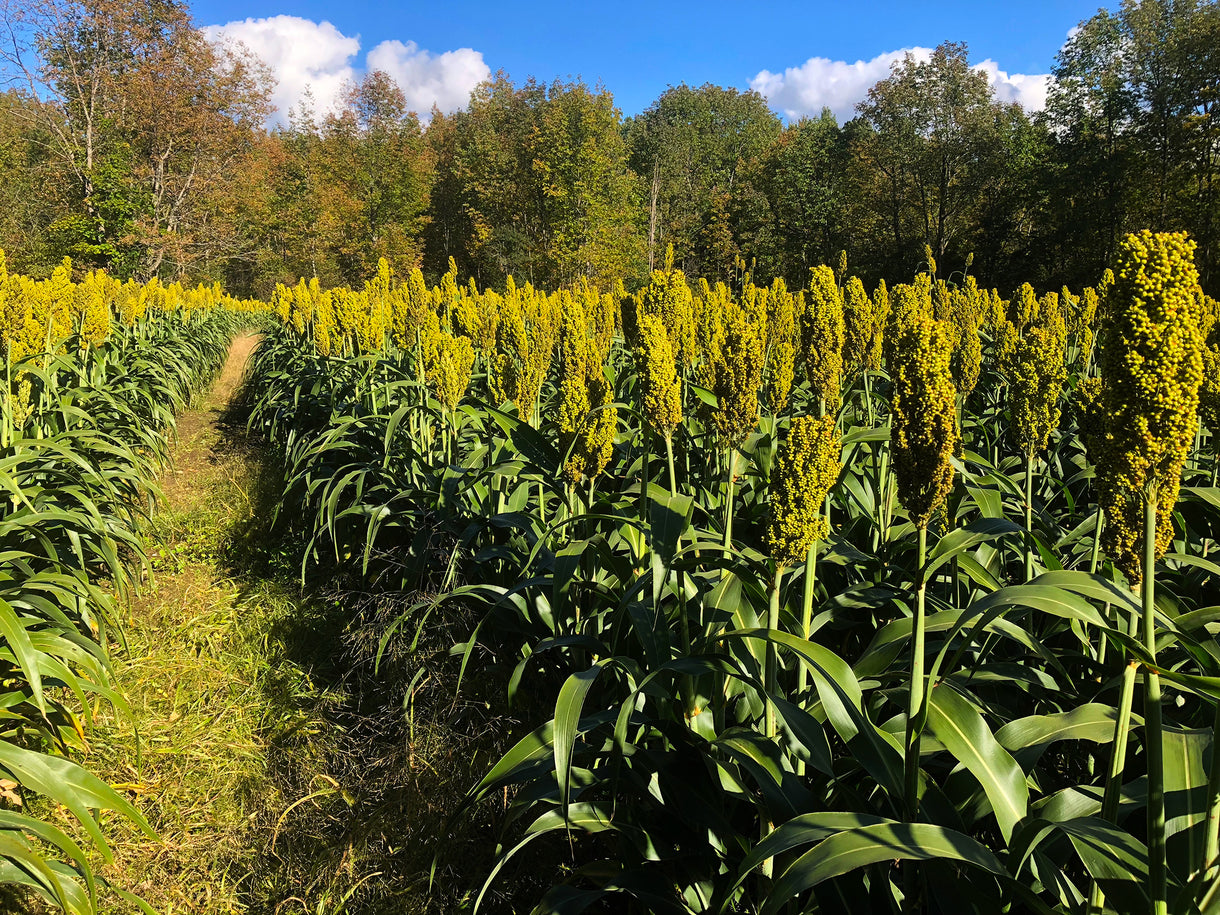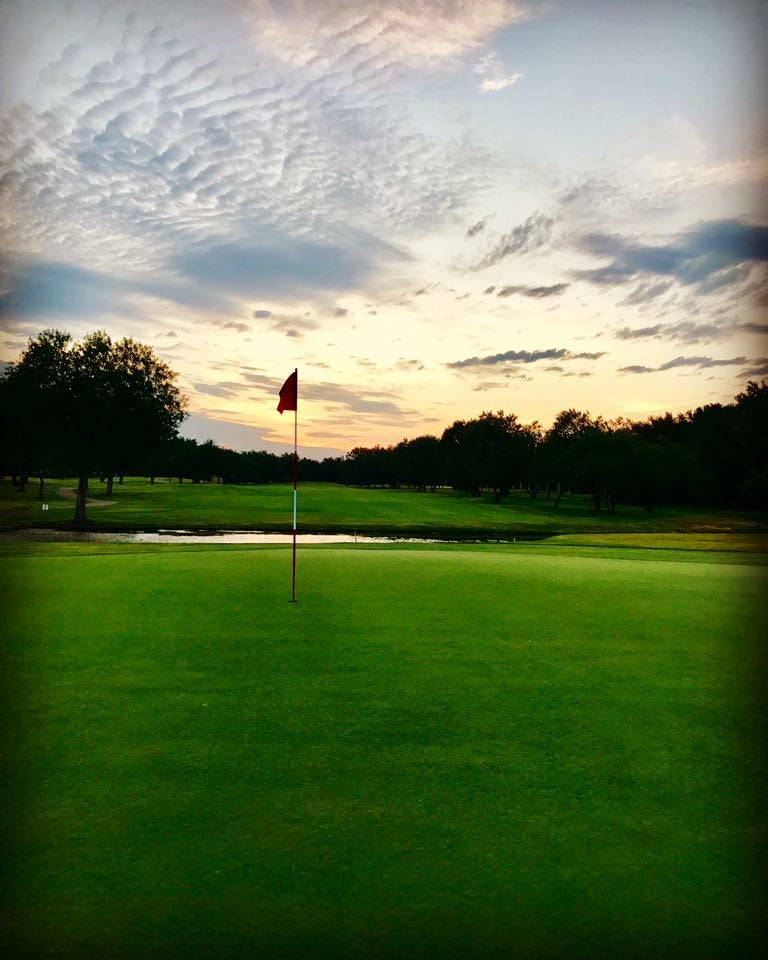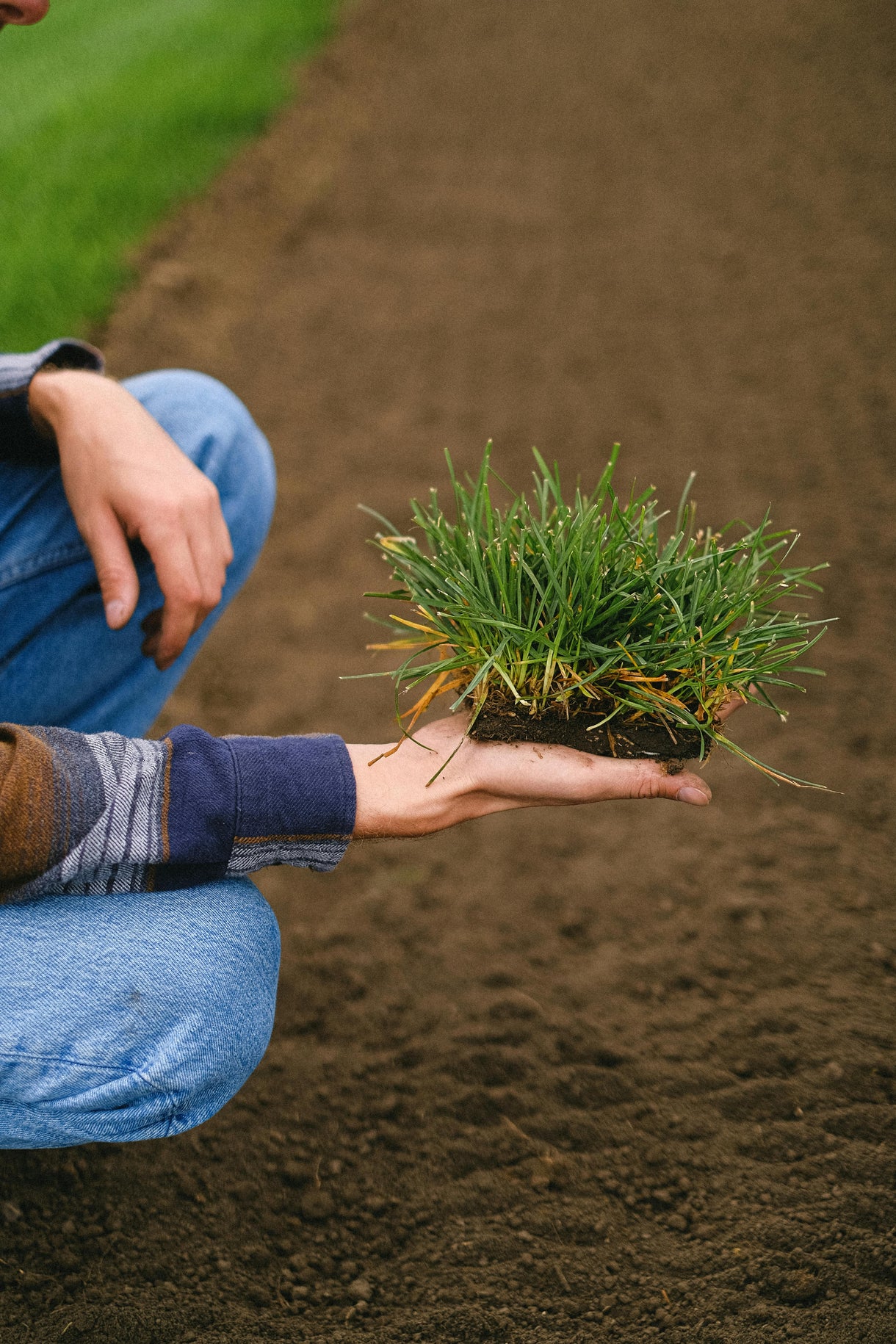Popular Products
Popular Products
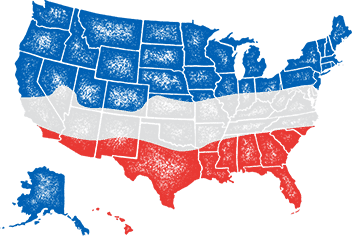
- When to plant:
- Spring, Summer
- Fertilizer:
- Varies
- Seeding rate:
- 23 - 35 lbs. per acre
- Overseeding rate:
- Not Applicable
- Seeding depth:
- 1/2 - 1 inch
- Ideal ph:
- 6.0 - 7.0
- Gmo:
- No
- Inoculant needed:
- No
- Coated or raw:
- Raw
- Lifecycle:
- Annual
- Climate zones:
- Cool Season, Transition Zone, Warm Season
**Surpass BMR Sorghum Sudangrass is a treated seed**
Brown Mid Rib (BMR) hay-grazers and silage sorghum have distinct advantages over normal sorghum seed varieties. Surpass BMR Sorghum Sudangrass Seed contains 35 to 50% more leaf matter and 15 to 25% less lignin content than compared to other BMR Hybrid Sorghum varieties. High leaf percentages allow for easier harvest and faster dry down times. Surpass is nonsensescent, with tremendous green leaf retention extending the forage production period values comparable to Alfalfa.
Product Information
- Application or Use: Pasture, Food Plot, Cattle Forage, Cover Crop, Hay Production, Silage
- Germination Time: 7 - 14 days, under optimal conditions
- Growing Locations: Warm Season, Transition Zone, Cool Season
- Height: 3 - 4 feet
- Sunlight Requirements: 8+ hours, full sun for best results
- Advantages: Reduced levels of lignin resulting in higher feed intake and improved weight gains.
-
When to Plant: Recommended Planting time is spring and summer when night time temperatures are consistently 65+ degrees.
Product Detail
- Treated seed
- Improved palatability and animal intake
- Improved digestibility
- Milk yields equal to corn silage
- Improved resistance to Sugarcane Aphid
Product Information
There are 3 main BMR genes (6, 12, 18) of these, BMR 6 gives the highest levels of digestibility and animal performance. Increases have been recorded of up to 30% in beef produced per ton of feed, when compared with conventional hay grazers. In silage Sorghums, the BMR trait gives silage quality equal to that of high quality Corn silage. Hay products can achieve the same quality levels as Alfalfa hay. In normal growing situations, the brown color of the mid-rib on the leaf or the color of the stalk enable you to identify BMR products. The Brown Midrib phenomenon is correlated with a reduced level of lignin within the stalks. Lignin is indigestible in ruminants. Reducing the lignin results in higher feed intake and improved weight gains. The BMR trait can be less visible in the leaf midrib as the leaves mature.
The improved digestibility of the stalks with BMR 6 gene means stalk diameter is not the issue that it normally is with haygrazers. Because stalk diameter is not a key issue, lower planting rates can be used with BMR haygrazers, reducing the planting cost to one similar to conventional products while at the same time improving animal performance and hay quality.
*Product packaging may appear different than what is pictured.
Plant in the spring - summer at a rate of 25 to 35 lbs. per acre. Ensure that soil pH is between 6.0 and 7.0.
When choosing to start a new lawn, remove old vegetation by using a de-thatcher, power rake or tiller to kill the existing vegetation. Rake or drag the area to remove debris and dead grass for a clean area. Ensure the soil is leveled and loosened to allow the seed to have good soil contact once spread on a clean seed bed.
If you have an area with heavy weed coverage, we recommend starting fresh by killing and removing the existing vegetation. If you choose to use chemicals, herbicides or fertilizers, you must check with the product's manufacturer prior to planting new seed to ensure the proper waiting period.
When overseeding an existing area, mow your lawn at the lowest setting and bag the clippingsx. Rake or drag any areas that have dead thatch or debris.

Seed Quality
Hancock Seed is dedicated to delivering the best seeds possible to our customers. Hancock Seed grows and harvests many of our products, and we acquire the majority of the rest from other family farmers.
All these seeds are processed, packaged and shipped from Hancock Farm. This helps us ensure that our high standards are met. Unlike much of the competition, we refuse to sell you a seed that was not gathered during the last harvest. You will always receive fresh product from Hancock.
Every seed we grow comes with 40 years of experience behind it...you can rest assured that all of our products are cultivated in a method that assures its potential for growth.
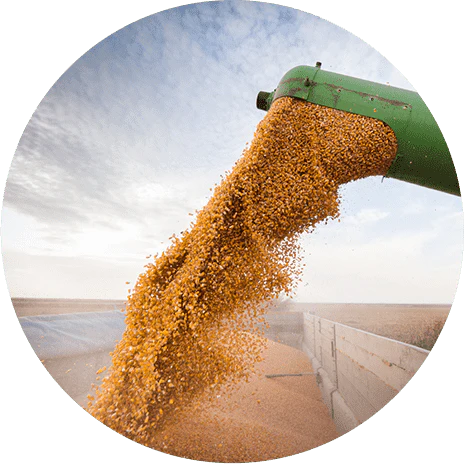
Your cart ( 0 )

**Surpass BMR Sorghum Sudangrass is a treated seed**
Brown Mid Rib (BMR) hay-grazers and silage sorghum have distinct advantages over normal sorghum seed varieties. Surpass BMR Sorghum Sudangrass Seed contains 35 to 50% more leaf matter and 15 to 25% less lignin content than compared to other BMR Hybrid Sorghum varieties. High leaf percentages allow for easier harvest and faster dry down times. Surpass is nonsensescent, with tremendous green leaf retention extending the forage production period values comparable to Alfalfa.
Product Information
- Application or Use: Pasture, Food Plot, Cattle Forage, Cover Crop, Hay Production, Silage
- Germination Time: 7 - 14 days, under optimal conditions
- Growing Locations: Warm Season, Transition Zone, Cool Season
- Height: 3 - 4 feet
- Sunlight Requirements: 8+ hours, full sun for best results
- Advantages: Reduced levels of lignin resulting in higher feed intake and improved weight gains.
-
When to Plant: Recommended Planting time is spring and summer when night time temperatures are consistently 65+ degrees.
Product Detail
- Treated seed
- Improved palatability and animal intake
- Improved digestibility
- Milk yields equal to corn silage
- Improved resistance to Sugarcane Aphid
Product Information
There are 3 main BMR genes (6, 12, 18) of these, BMR 6 gives the highest levels of digestibility and animal performance. Increases have been recorded of up to 30% in beef produced per ton of feed, when compared with conventional hay grazers. In silage Sorghums, the BMR trait gives silage quality equal to that of high quality Corn silage. Hay products can achieve the same quality levels as Alfalfa hay. In normal growing situations, the brown color of the mid-rib on the leaf or the color of the stalk enable you to identify BMR products. The Brown Midrib phenomenon is correlated with a reduced level of lignin within the stalks. Lignin is indigestible in ruminants. Reducing the lignin results in higher feed intake and improved weight gains. The BMR trait can be less visible in the leaf midrib as the leaves mature.
The improved digestibility of the stalks with BMR 6 gene means stalk diameter is not the issue that it normally is with haygrazers. Because stalk diameter is not a key issue, lower planting rates can be used with BMR haygrazers, reducing the planting cost to one similar to conventional products while at the same time improving animal performance and hay quality.
*Product packaging may appear different than what is pictured.
Plant in the spring - summer at a rate of 25 to 35 lbs. per acre. Ensure that soil pH is between 6.0 and 7.0.
Instructions
When choosing to start a new lawn, remove old vegetation by using a de-thatcher, power rake or tiller to kill the existing vegetation. Rake or drag the area to remove debris and dead grass for a clean area. Ensure the soil is leveled and loosened to allow the seed to have good soil contact once spread on a clean seed bed.
If you have an area with heavy weed coverage, we recommend starting fresh by killing and removing the existing vegetation. If you choose to use chemicals, herbicides or fertilizers, you must check with the product's manufacturer prior to planting new seed to ensure the proper waiting period.
When overseeding an existing area, mow your lawn at the lowest setting and bag the clippingsx. Rake or drag any areas that have dead thatch or debris.






